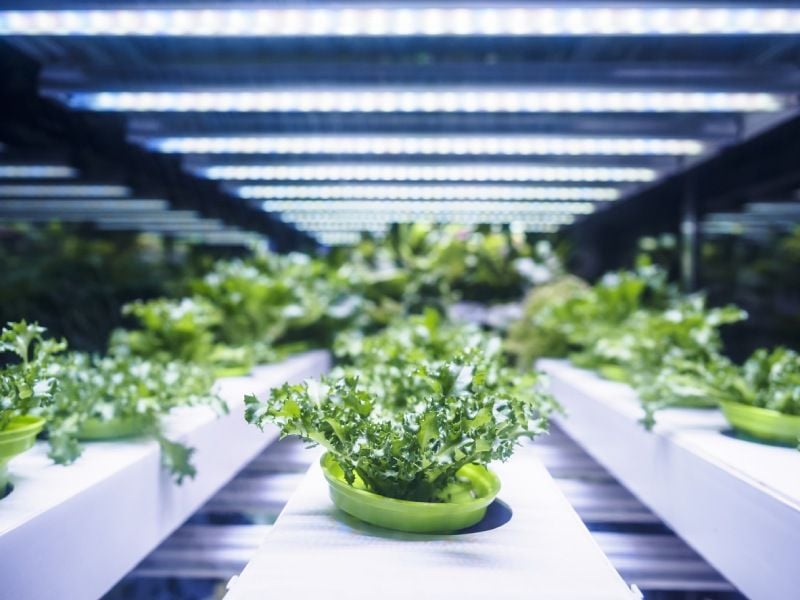Everything You Need to Know About Soilless Growing
)
Why Soilless Growing?
For millions of years plants have grown in the dirt, where water travelling into their roots carried nutrients from the soil into the plant. Simple enough.
In nature, this is a perfect proposition and a closed system. In practice, however, it can be a little more complicated than that for greenhouses and growers. The cost of soil and the risks it entails (disease propagation and insect problems being among the most prominent), not to mention its susceptibility to environmental factors, make it a less-than-optimal growth medium.
The way around these issues is simple: it’s just a matter of removing the soil altogether. By cutting out the middleman and delivering nutrient-rich water directly to the plants’ roots, you can optimize your greenhouse, cut down on costs and ensure that you’re doing the right thing for the planet and your bottom line.
What Is The Best Way To Set Up Your Hydroponic Greenhouse?
There are many ways to set up your hydroponic greenhouse, so it’s very important that you begin by assessing your own needs. What is the scale of your operation, and what are you planning to grow? While certain plants grow best when set directly in relatively deep water, others (like those with small root systems) do best when floated on top of water.
Other plants don’t need to float in water at all, but rather need to be planted in a soilless medium (read on to learn more!) where water is filtered through at a certain frequency--this can vary from once every few hours to every few days. While this can require both a pump setup and electricity costs, it can be an optimum system.
How Do You Optimize Your Hydroponic Greenhouse?
Before you start, there are a few things to bear in mind about having a hydroponic greenhouse. While long-term cost savings can happen with a little bit of strategy, it’s important to be aware of up-front costs such as your hydroponic equipment and the electricity required to run filters and pumps.
Counter-intuitive as it may seem, you can actually save on water (and save water) by growing hydroponically. This is because most hydroponic systems constantly recycle the water in their tanks. You may have heard the counter-intuitive factoid that a shower can use less water than a bath--well, in this case, having your plants in a tank can use far less water than actually watering them in soil.
However, if the technicalities of growing plants in tanks of water don’t appeal to you, no need to worry. One of the ways to get around this is to avoid hydroponics entirely in favour of a soilless growing medium. The wide variety of available soilless growing media includes coco coir, peat, and carbon, which all act as conduits for water and help it reach a plant’s root system to deliver the necessary nutrients, and then drain.
Which Soilless Growing Medium Should You Choose?
The soilless growing medium you choose can make or break your eco-friendly greenhouse. Some growing media, such as biochar, are widely available but have limited if any regulation, widely varying quality and few positive effects (or even negative effects) on your plants and even on animals.
It’s important that no matter which one you choose, you pick the growing medium that matches your needs. Pure Life Carbon is a growing medium specifically developed to allow soilless greenhouses to thrive while having a negative carbon footprint. Designed to deliver more nutrients and water for optimal plant growth, Pure Life Carbon is a safe and effective way to allow your eco-friendly greenhouse to thrive, and Cultivate and Equipment is a proud supplier.
Ready to maximize your greenhouse today? Contact us today.
| Tags:GreenhouseLatest News |

